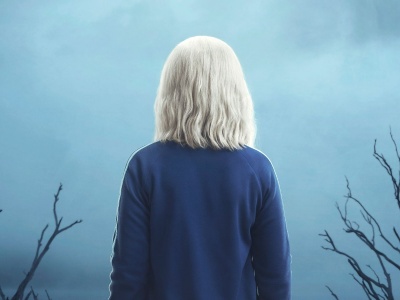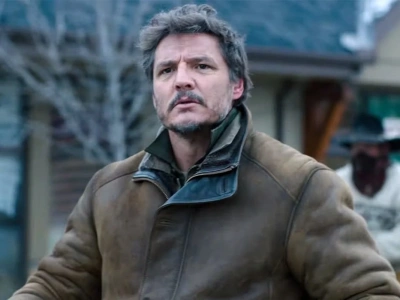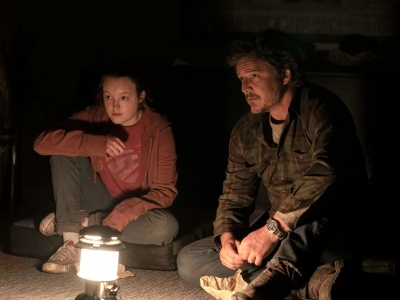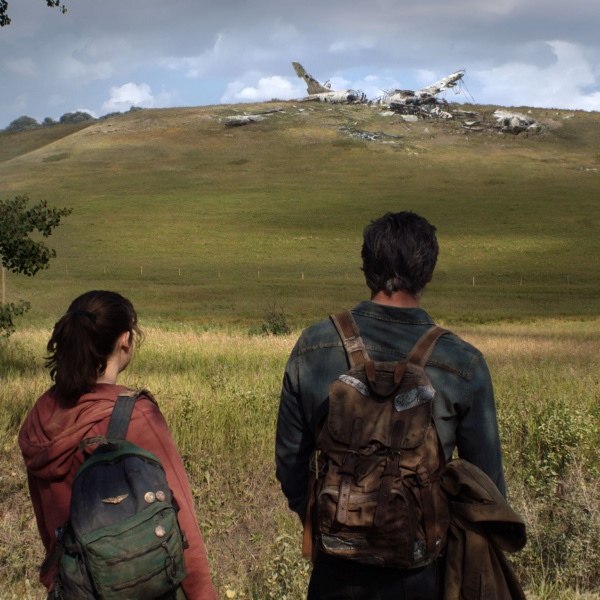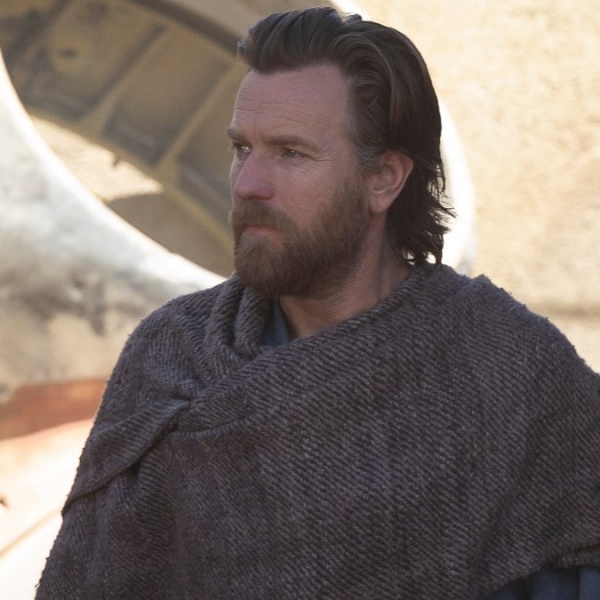In what initially began as a review for the two-part return, Mark Halyday takes a look at the rise and fall of Glee.
So very simply, Glee is a guilty pleasure.
It’s a strange beast of showtunes and dramedy with zero continuity or consistency. The mind boggles as to whether they actually have a production bible as character motivations are so delirious that it almost feels like a Simpsons episode’s zero time value, only inching one step forward depending on haircuts and locations.
Still yesterday I hastily downloaded episode three of its sixth and final season.
[SIDENOTE: There may be a time when Channel Eleven will play them, but that may be six months from now, midnight on a Tuesday, and I will surely miss it. Streaming in Australia is still in its infancy, so that’s off the cards too.]
And last September, the usual time of year for Glee to return, there was a very small Glee-shaped hole in my television roster. It shouldn’t have even made it to television. Initially conceived as a feature film by Ian Brennan, Nip/Tuck’s Ryan Murphy and Brad Falchuk transformed it into the sixteen episode first season beast that it was.
The trio co-wrote every episode of the first two seasons and directed a large chunk. The sourced the majority of their talent from Broadway and listened to their fanbase to create an engaging ensemble dramedy with enough meaty plots subverted cliché to gather a respected audience. In America they aired the pilot immediately following the American Idol finale and sent their cover of Journey’s Don’t Stop Believing onto radio airwaves and the top of the charts. That three minute earworm worked like an advertisement and the flow-on audience was gigantic.
For a few bright years they were the award night’s darlings with 39 Emmy nominations including a win for Best Guest Star Neil Patrick Harris – and his superb rendition of Billy Joel’s Piano Man. The following season Gwenyth Paltrow won the same award – her hit was Cee Lo Green’s Forget You – and the two leads of Broadway’s Wicked, Kristin Chenoweth and Idina Menzel, both guest starred separately. Kate Hudson, Sarah Jessica Parker, Adam Lambert, Demi Lavato, Whoopi Goldberg, Ricky Martin, Patti LuPone and Meat Loaf have all guest starred to varying degrees of success, many were across multiple episode arcs.
Following the second season six new writers were brought in to progressively dilute the quality as executive producers Ryan Murphy and Brad Falchuk turned their attention to new projects including The New Normal and most successfully American Horror Story. Falchuk also teamed up with the show’s choreographer Zach Woodlee for Glee Project, a reality show conceived to find new Glee cast members, which produced mixed results.
I have a penpal I chat to about Glee and we have concluded the moment it truly jumped the shark. It had always been a deliberately incisive beast, tackling every social issue from teen pregnancy to marijuana debate to race and general acceptance, it found its niche with the LGBTI community and one of its two breakout characters, Kurt Hummel. In the third season his season two antagonist Dave Karofsky has the table turned on him and ultimately, heartbreakingly, attempts to end his life unsuccessfully.
That was Glee at its most provoking, generating true moments of shock and awe in stark contrast to the episode’s light-hearted wedding B-plot. In less than twenty minutes of airtime the show’s titular Glee club show their compassion, I suppose, with the Kelly Clarkson song What Doesn’t Kill You Makes You Stronger. Ludicrous and angering, the breakneck descent from quality broke my transfixion with the show. However I am a completest and I had letters to write, so onward I went.
At the end of the third season half of the main cast’s characters graduated, essentially reducing the majority of them to guest spots. A crop of new cast members arrived and were not embraced by the show’s fandom. The show’s two main characters moved to New York for an entirely separate story initially intended as a spinoff. The first seven or eight episodes went according to plan and then, very suddenly, the new writers were left directionless. They stumbled very obviously and did not recover, promoting Naya Rivera’s fan-favourite character Santana to quickly fill a void. Smart move, but still a band aid solution.
New York became the Glee people recognised, oddly enough, and the added focus on the new kids was sending things awry. As the season end loomed and the last few likeable characters were determined to leave their old stomping ground the decision was made to stretch the character’s year into the following season.
Nonsense. A shoehorned last-minute half-baked sham called Season Five Part One resulted, crutched by the passable Beatles-inspired opener and the realisation of the protagonist’s goals. The main character was cast in a Broadway adaptation of Funny Girl – a goal first mentioned in the pilot – and the fans were beginning to see it actualised.
Then Glee aired its tribute to Corey Monteith, the secondary male lead and real-life boyfriend to the show’s main star. Give Glee props when due – as much as that was personal catharsis for cast and crew it was also devastating television. Season five meant that gone were the heyday of four or five hit covers per episode, however The Quarterback proved a return to form with almost all original cast returning for filming. While season five put a renewed focus on Glee’s other breakout character Sue Sylvester it was largely meh and limped quietly towards its finale with a fraction of viewership.
Finally the hundredth episode, co-starring Gwenyth Paltrow and Kristin Chenoweth, put to bed the Ohio storylines and the Glee club forever. Finally the writer’s heard the fans crying for all-star all-New York episodes. Only it was too little too late and while fun and experimental, not enough to transition all of the stars effectively.
At the close of the fifth finale I visibly rolled my eyes when the main character ditched her shoe-in Broadway career for a television opportunity. It was completely out of line with her character and ridiculous wish fulfilment. While meta-commentary is one of Glee’s strengths, this was too far.
To my delight their swansong has addressed every issue on this page. The two part opener balanced the two, arguably three leads with supporting cast and frequent guest stars, eliminating the ‘new kids’ and introduced a newer crop of awesome talent. Almost every plot, apart from the show’s ongoing ‘acceptance’ aesthetic, is dropped. It’s a fresh canvas with endless possibilities. The breakout stars are on their game and the plot progressively and organically moved the cast back to Ohio to the true heart of the show for some excellent old-school Glee.
If you liked season two of Glee then season six is just for you. I’m off to watch the third episode!







